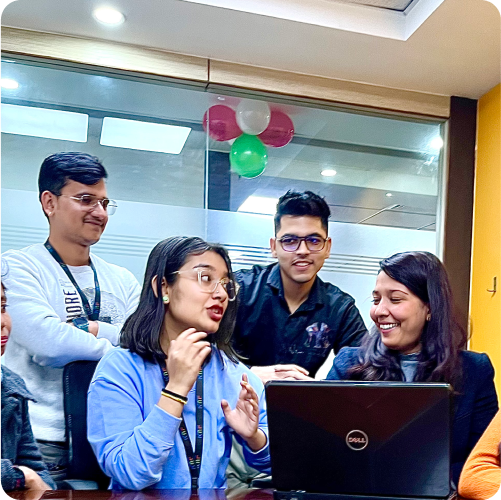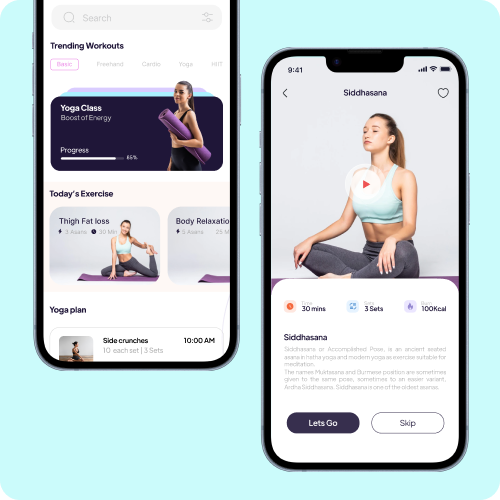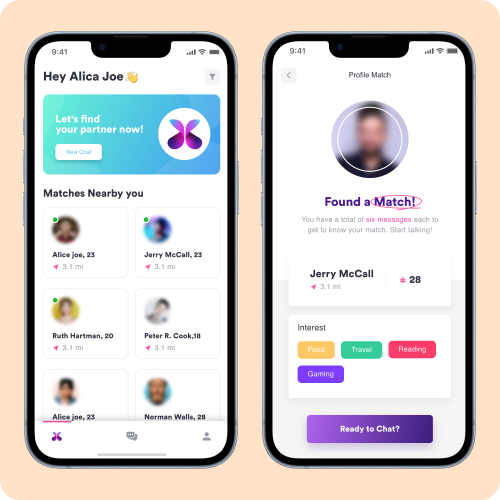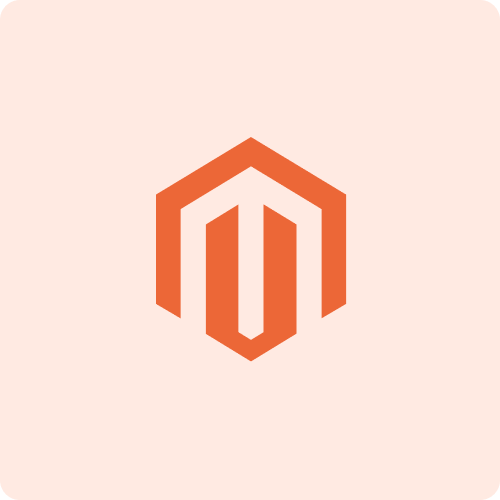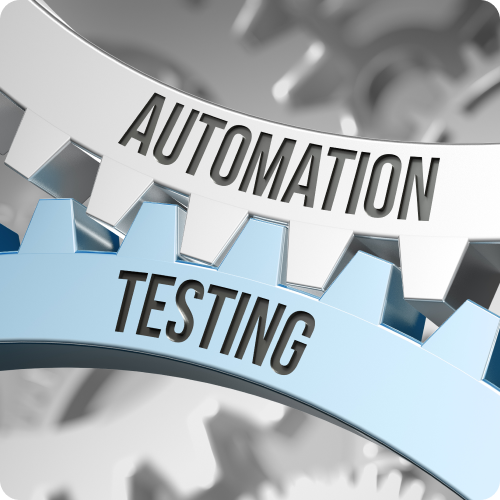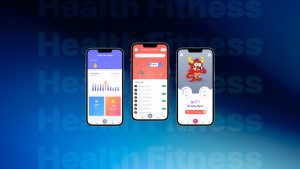Thinking about custom mobile app development in 2024? Jumping into building your own unique app isn’t as easy as picking features and watching it launch.
Custom mobile app development is more than just coding—it’s about careful planning, skilled execution, and yes, a solid budget. Whether you’re a startup ready to shake up the market or an established company looking to expand digitally, knowing the costs upfront is crucial.
So, let’s talk about custom mobile app development. What really goes into taking an app from idea to launch, and what might it cost you in 2024? In this blog, we will explore the factors that influence the cost of custom mobile app development, helping you better plan and budget for your next project.
Understanding Custom Mobile App Development
So, what exactly is custom mobile app development? It’s not just about slapping together a few neat features—there’s a whole world behind those app icons on your screen.
Custom mobile app development is all about creating a unique software solution tailored specifically to the needs and goals of your business. Unlike off-the-shelf apps, where you’re stuck with whatever is available, custom apps give you the freedom to innovate and design an experience that’s perfectly aligned with your user’s needs.
Think of it this way: imagine you’re building a house. Sure, you could buy a pre-built one and it might serve your needs just fine. But what if you could design your own home, choosing the layout, materials, and every little detail to suit your lifestyle? That’s the essence of custom mobile app development. It’s about building an app from the ground up, with each feature thoughtfully integrated to support your specific business objectives.
This bespoke approach allows for flexibility and scalability, ensuring the app grows with your business. It’s not just about meeting current needs but anticipating future trends and functionalities as well. And while this might sound like a hefty investment—and it can be—the long-term benefits of having an app that fits like a glove often outweigh the initial costs.
Benefits Of Opting For A Custom Solution Over Off-The-Shelf Software
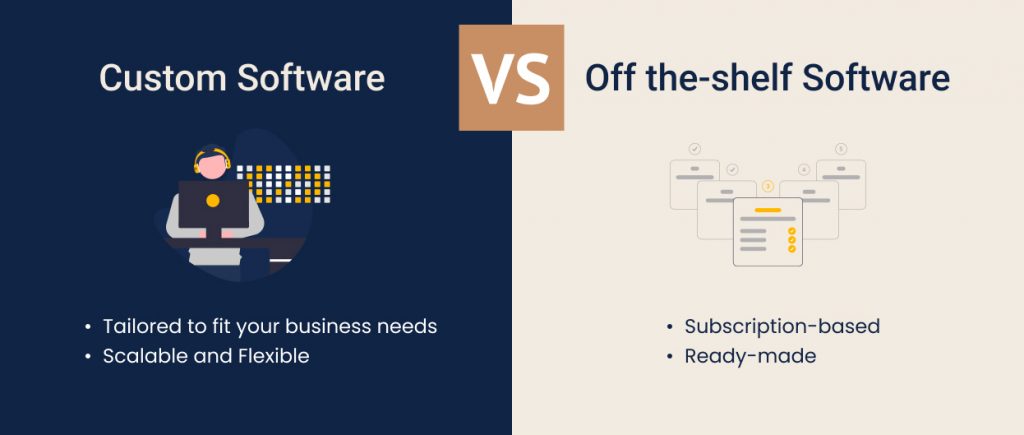
Choosing a custom mobile app over off-the-shelf software might seem like a big leap, but it’s one that can land your business in a whole new league of performance and personalization. Here’s why tailoring your tech can make all the difference:
Designed Just for You
Imagine a tool crafted specifically to solve your problems, streamline your processes, and fit seamlessly into your business operations. That’s the beauty of custom mobile apps. They’re built from scratch to address your exact needs, without the extra fluff that comes with generic software.
Stand Out from the Crowd
In a world where many businesses use similar tools, a custom app acts as a differentiator. It not only meets your precise specifications but also presents a unique interface and functionalities that set your brand apart. It’s about being not just another user of technology, but a pioneer in your own right.
Scale as You Grow
Custom apps are like clay—moldable and adaptable to your business’s changing needs. As you expand, your app can evolve too, without the constraints often imposed by off-the-shelf solutions. This means your app can grow with your business, adapting to new challenges as they arise.
Seamless Integration
Custom applications can be designed to seamlessly integrate with your existing digital tools and systems. This allows them to enhance your technological environment by fitting smoothly into your current setup without causing disruption to the processes that are already functioning effectively.
Boosted Security
In a custom app, security isn’t a one-size-fits-all feature. It’s designed considering the specific threats your business might face, offering stronger security where you need it most. This tailored security approach helps safeguard your data more effectively than the often generic security in off-the-shelf software.
Cost-Effective in the Long Run
While the initial investment for custom app development might be higher, the long-term savings are significant. You avoid ongoing licensing fees, reduce the risk of costly security breaches, and eliminate the need for frequent replacements or upgrades that don’t quite fit the bill.
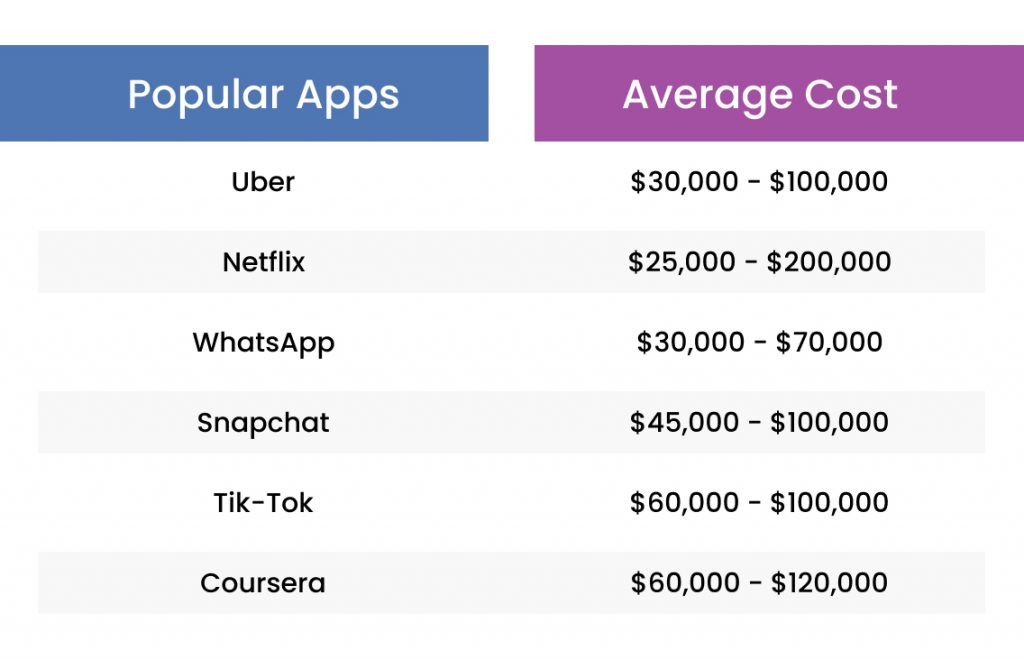
Average Cost of Custom Mobile App Development
| App Complexity | Level of Complexity | Average Timeline | Average Cost |
| Simple App |
|
2-3 months | $5000-$5000 |
| Medium Complex App |
|
3-9 months | $50,000-$120,000 |
| Highest Complex App |
|
10+ months | $100,000-$300,000 |
How To Reduce The Cost of Custom Mobile App Development?
Looking to cut down on the cost of custom mobile app development without skimping on quality? It’s totally doable with some smart strategies up your sleeve! Here’s how you can keep your budget in check while still crafting an app that ticks all the boxes:
Focus on Core Features First: Begin with building a Minimum Viable Product (MVP). This means focusing on the essential features that your app must have to function and meet user needs. You can always add more features later based on user feedback. This approach not only saves money upfront but also ensures you’re investing in enhancements that your users really want.
Go Cross-Platform: Using tools like React Native or Flutter allows you to maintain one codebase for both iOS and Android platforms. This can significantly cut down on development time and costs, all while reaching a wider audience with your app.
Smart Outsourcing: Consider outsourcing your development to regions where the cost of labor is lower, but do your homework to pick a reputable team. Good communication and a detailed contract can help avoid misunderstandings and ensure quality isn’t compromised.
Keep Design Functional Yet Simple: A sleek, user-friendly design is crucial, but that doesn’t mean it has to be complex. Opt for a clean, straightforward design that delivers a great user experience without the frills. This approach can save both design time and money.
Automate Testing: Implement automated testing to streamline the quality assurance process. This helps identify bugs early and reduces the reliance on costly manual testing, speeding up the development cycle and saving cash.
Reuse and Recycle: Take advantage of existing frameworks and libraries. There’s often no need to build every component from scratch when there are plenty of tried and tested options available that can be adapted to your needs.
Iterate Based on Feedback: Keep a tight feedback loop with your users throughout the development process. This helps ensure the app meets real user needs and avoids costly reworks and pivots later on.
Factors Influencing the Cost of Custom Mobile App Development
When you’re planning the budget for custom mobile app development, several factors play crucial roles in how much you’ll end up spending. Here’s a quick breakdown to help you map out your expenses:
Platform Choice: Picking between iOS, Android, or going cross-platform is a big decision. iOS might be simpler and potentially cheaper to develop for due to less device fragmentation. Android reaches a broader audience but can be trickier (and pricier) because of the vast variety of devices. Cross-platform could cut costs by using the same code across both platforms but brings its own set of challenges.
Feature Complexity: Just like adding sprinkles, syrup, and a cherry on top of your sundae, every extra feature in your app adds to the cost. Simple features like user profiles might be straightforward, but if you’re adding real-time interactions or complex back-end integrations, your costs will climb.
User Interface and Experience: Want your app to look top-notch with slick animations and a killer design? That’s going to require more design hours and extensive testing to ensure it looks great on all devices, which adds to the cost.
Development Team: Choosing who builds your app is pivotal. Opting for a local team might offer smoother collaboration and quality assurance at a higher price, while outsourcing can slash your expenses, though it might also mean more effort in managing the project.
Maintenance and Updates: Think of your app like a car—it needs regular tune-ups to keep it running smoothly. This includes updates for new OS releases, bug fixes, and tweaking features to keep up with user feedback.
Mapping out your custom mobile app development journey with these factors in mind will help you estimate a more accurate budget, ensuring no surprises pop up along the way.
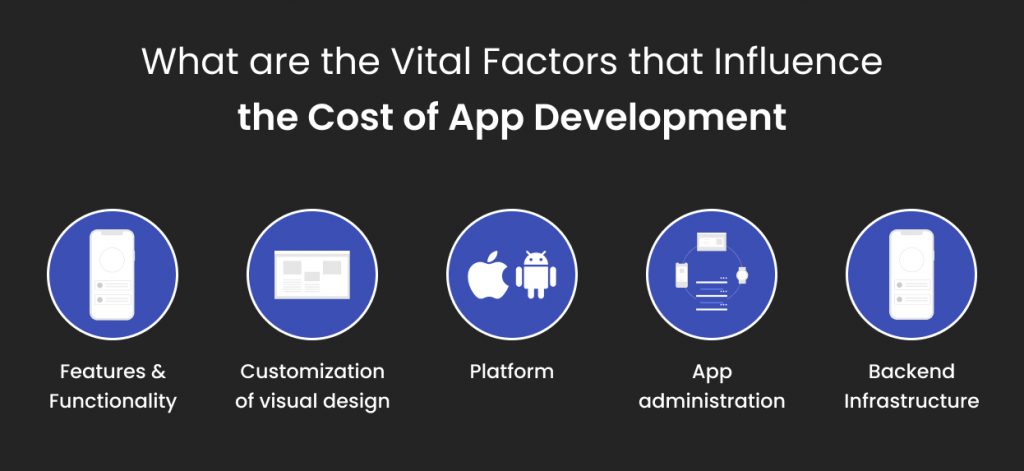
Phases of Mobile App Development and Associated Costs
Mapping out the journey of mobile app development is like planning a multi-stop road trip—each phase has its own route and costs. Let’s cruise through the key stages of developing a custom mobile app and the expenses associated with each:
Research and Planning
This is your roadmap planning stage. It involves market research, identifying target users, and refining your app idea. Costs here include time spent on market analysis and strategic planning, which are crucial for setting a solid foundation.
App Design
Now, you’re sketching out the journey. This phase is all about creating the user interface and experience. Designers will draft layouts, color schemes, and interactions. The more complex and polished the design, the higher the cost, but this is essential for making your app appealing and user-friendly.
Development
This is where the rubber meets the road. Coders start building the app, turning designs and ideas into a functional product. Development costs vary widely depending on the app’s complexity and the platforms you’re targeting. This phase often consumes the largest portion of your budget.
Testing and Quality Assurance
Think of this as your pre-trip vehicle inspection. It’s all about ensuring the app works smoothly across all devices and platforms. Testing needs to be thorough, as this phase roots out any bugs and ensures the app’s stability, security, and performance.
Deployment
You’re finally hitting the road. This stage involves launching the app on app stores and ensuring it meets all the necessary publishing standards and requirements. Costs here include app store fees and the resources for deploying and managing the launch.
Maintenance and Updates
The journey doesn’t end at launch. Like ongoing car maintenance, your app needs regular updates and fixes to keep it running smoothly and to continue meeting user expectations and technological advancements. This includes everything from minor bug fixes to major updates for new operating system versions.
Estimating Your Project Cost
Estimating the cost of custom mobile app development project can seem like a tricky puzzle, but with a clear strategy, you can piece together a realistic budget. Here’s how to tackle the estimation process:
First up, detail every single feature and functionality you envision for your app. Think about the user experience, the design specifics, and any integration with existing systems. The more detailed and specific your requirements, the better you can gauge the cost. It’s a bit like mapping out every stop on a road trip—the more stops you plan, the more you’ll understand about the time and money you’ll need.
Next, decide on the development approach: native, hybrid, or web-based? Native apps, tailored to specific platforms like iOS or Android, offer the best user experience but often come with a higher price tag due to the need to develop separate versions for each platform. Hybrid and web-based apps might be lighter on the budget and easier to maintain but could compromise on performance.
Make sure to shop around. Getting estimates from multiple development teams not only gives you a better sense of the market rate but also different perspectives on how to approach your app, which can significantly influence both quality and cost of custom mobile app development.
Don’t forget about the design. If your app calls for intricate designs or custom animations, this will require more time and skill, adding to the cost of custom mobile app development. These elements are crucial for engaging users but they do require extra investment.
Lastly, remember the ongoing costs. Development is just the beginning. Maintenance, updates, server costs, and marketing can all add up, sometimes even surpassing the initial development costs over the life of the app.
Conclusion
Wrapping up, diving into custom mobile app development is like embarking on an epic adventure—it’s thrilling, filled with opportunities, and yes, it involves careful planning and investment. Getting a handle on the factors that affect costs of custom mobile app development is crucial for anyone looking to tailor a digital solution that not only meets but exceeds user expectations.
Investing in a custom app is much more than paying for its development; you’re crafting a unique tool that will propel your business forward, offer unmatched user experiences, and set you apart from the competition. Though the upfront costs can be significant, the payoff comes in the form of a bespoke application that grows with your business and adapts to your evolving needs.
Thinking about building your own custom mobile app in 2024? Let’s make it happen together! Reach out to us, and let’s discuss how we can turn your app idea into a reality. Our team at Resourcifi is ready to guide you through each step, ensuring that your journey is as smooth and successful as possible.



